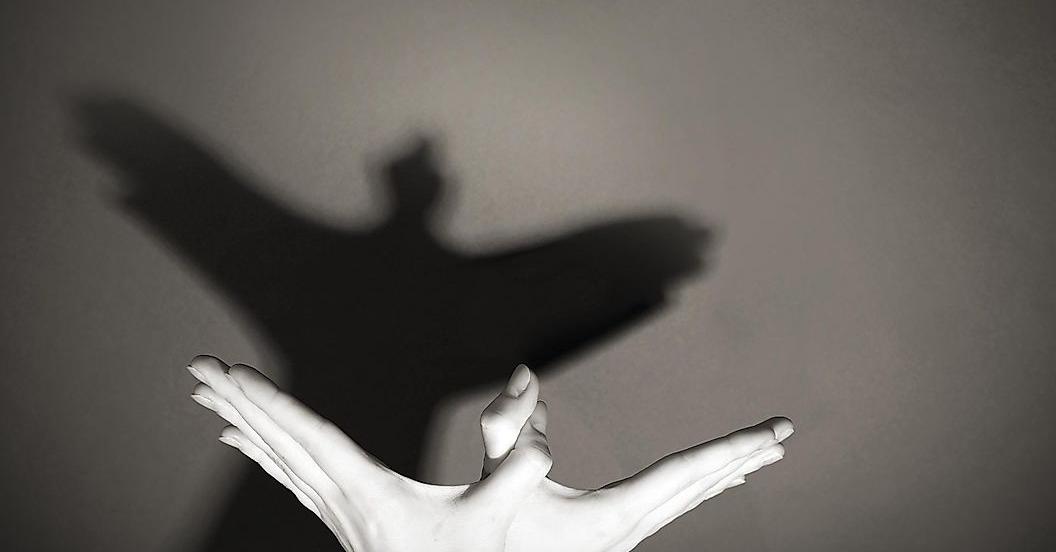Are you curious to know what color is shadow? You have come to the right place as I am going to tell you everything about color is shadow in a very simple explanation. Without further discussion let’s begin to know what color is shadow?
What Color Is Shadow?
Shadows are an everyday phenomenon, often taken for granted in our interactions with light and the objects around us. But have you ever wondered about the color of shadows? The concept of shadow color may seem puzzling, and in this blog, we will embark on an exploration to uncover the intriguing world of shadows and understand what color they truly are.
The Nature Of Shadows
Before we delve into the color of shadows, it’s important to grasp the nature of shadows and the factors that influence their appearance:
- Absence of Light: Shadows are created when an object blocks or absorbs light. In essence, they are the areas where light does not reach.
- Light Sources: The color and intensity of light sources can significantly affect the color and appearance of shadows. For instance, sunlight, incandescent light, and fluorescent light emit different spectra of light, which can influence the shadow’s hue.
- Object Properties: The color and texture of the object casting the shadow play a role in determining the shadow’s appearance. The object’s ability to reflect or absorb light impacts the shadow’s color.
- Light Interaction: Shadows can exhibit various degrees of transparency or darkness, depending on the opacity of the blocking object and the angle of the incident light.
So, What Color Are Shadows?
Shadows, in a strict sense, do not have a color of their own. They are areas where light is either blocked or absorbed, which results in a lack of color. Instead of possessing their own color, shadows typically take on the color of the surrounding environment and the lighting conditions. The phenomenon is known as “color of illumination.”
In most everyday scenarios, the color of shadows is perceived as gray, black, or some shade of brown. This is due to the fact that shadows are often cast in conditions where the surrounding light is relatively neutral or cool in color temperature.
By visiting Thesbb you can get more knowledge about various topics.
However, there can be exceptions and nuances to this general rule:
- Colored Light Sources: In cases where the light source itself emits colored light, the shadows can take on a hue that corresponds to the color of the light source. For example, under a red or blue light source, the shadows may appear to have a reddish or bluish tint.
- Transparency and Opacity: Shadows can also appear different based on the object’s transparency and the quality of the surface upon which they fall. Transparent objects may cast fainter, more translucent shadows, while opaque objects create darker, more defined shadows.
- Mixed Lighting: In environments with multiple light sources of different colors, the shadows can exhibit complex color interplay, as they may be influenced by the combined illumination.
Conclusion
The color of shadows is a fascinating aspect of how we perceive light and its interaction with objects in our environment. While shadows themselves do not inherently possess a color, their appearance can be influenced by a myriad of factors, including the light source, object properties, and environmental conditions. Understanding the dynamics of shadows can enhance our appreciation of the ever-changing interplay of light and shade in our surroundings, adding a layer of complexity and beauty to our visual experiences.
FAQ
Are All Shadows Black Or Gray?
Not all shadows are black. When lights of different colors shine on the same spot on a white surface, the light reflecting from that spot to your eyes is called an additive mixture because it is the sum of all the light. We can learn about human color perception by using colored lights to make additive color mixtures.
Is The Colour Of Shadow Always Grey?
Solution: The colour of the shadow is always black or grey because there is no light coming in that area.
What Is The Color Of The Shadow Always?
The color of the shadow of any object is always black. Since, shadow is formed by blocking all the light rays by an opaque object in the region of the shadow there will be no light. So, we don’t see anything in that shape and the color of the shadow region will be black.
Is Shadow A Light Or Dark?
The dark area is called a shadow. The size and shape of a shadow depend on the position and size of the light source compared to the object.
I Have Covered All The Following Queries And Topics In The Above Article
What Color Is Shadow
What Color Is Shadow The Hedgehog
What Color Eye Shadow Is Best For Brown Eyes
What Color Is Electric Shadow
What Color Is Shadow Paint
What Color Is Shadow The Hedgehog
Shadow Color Name
What Will Be The Colour Of Shadow Of A Coloured Object
What Color Is Your Shadow Book
How To Make Shadow Color Paint
How To Color Shadows With Colored Pencils
What Color Is Shadow
Is shadow black or gray

